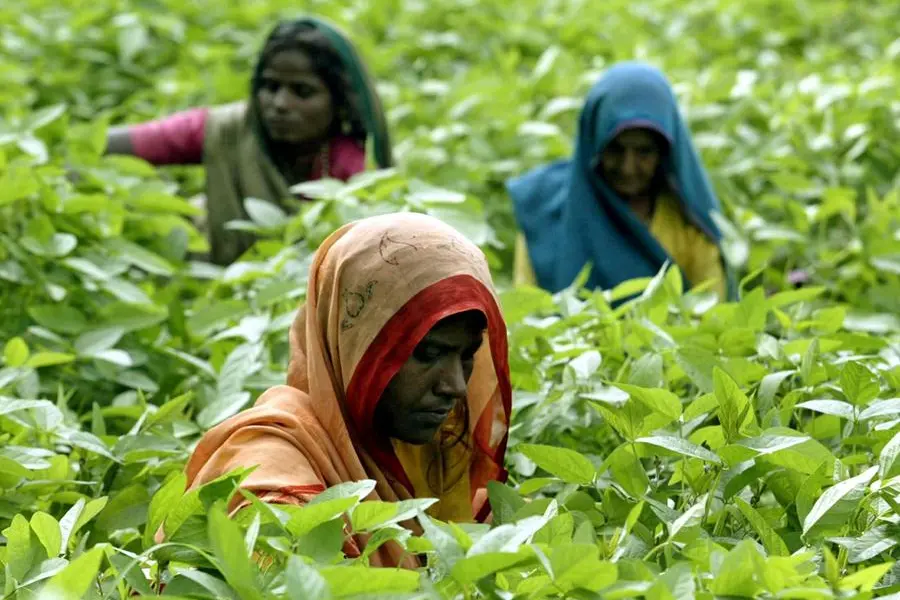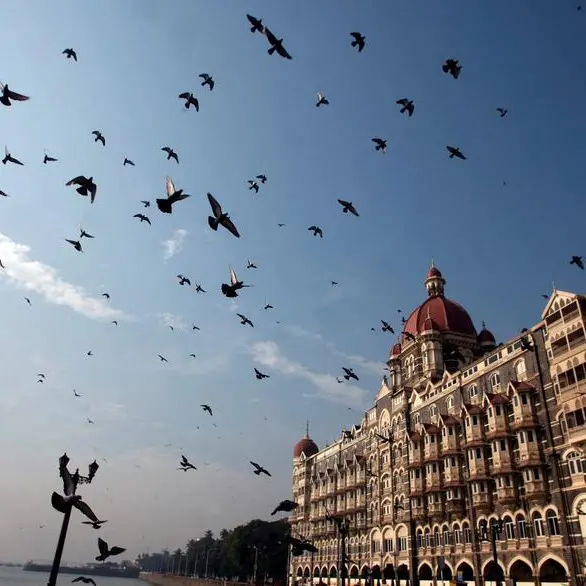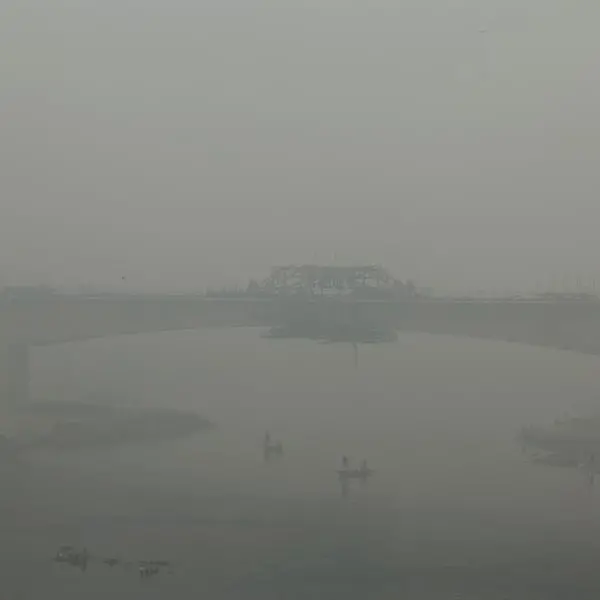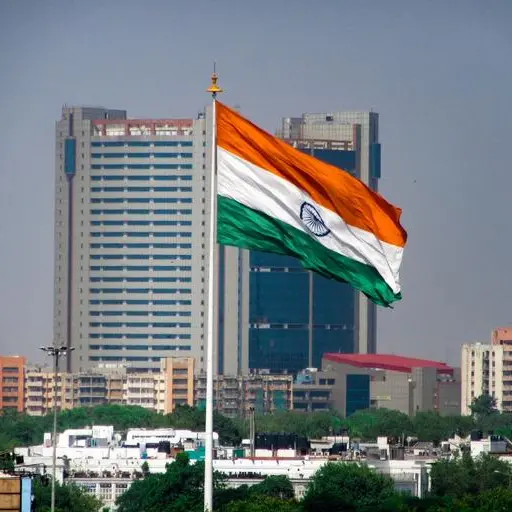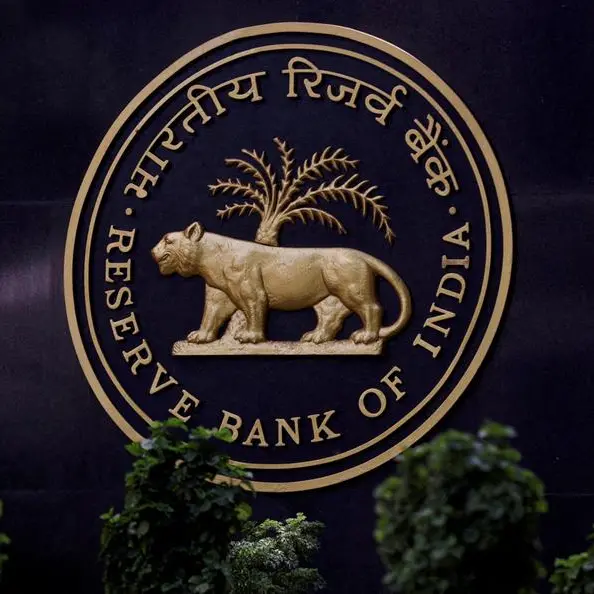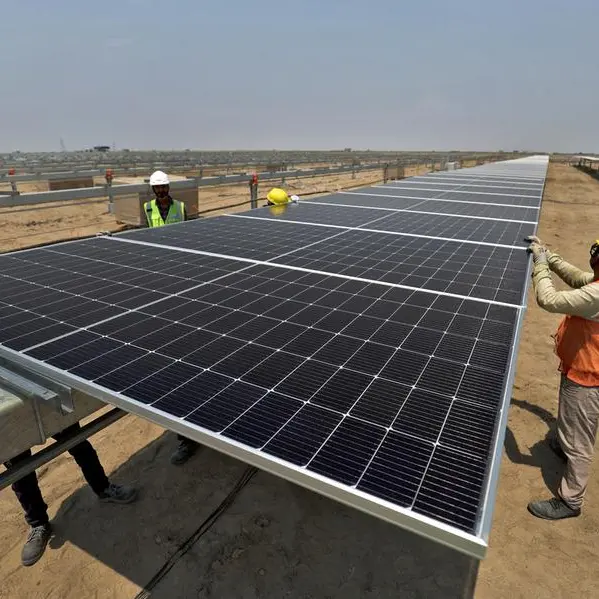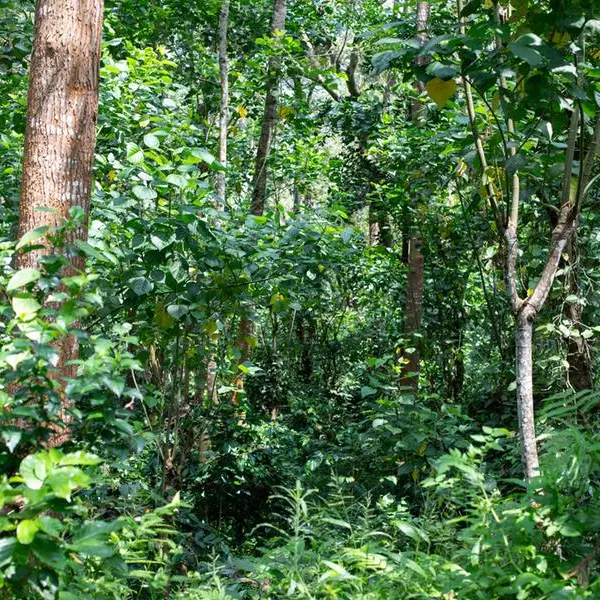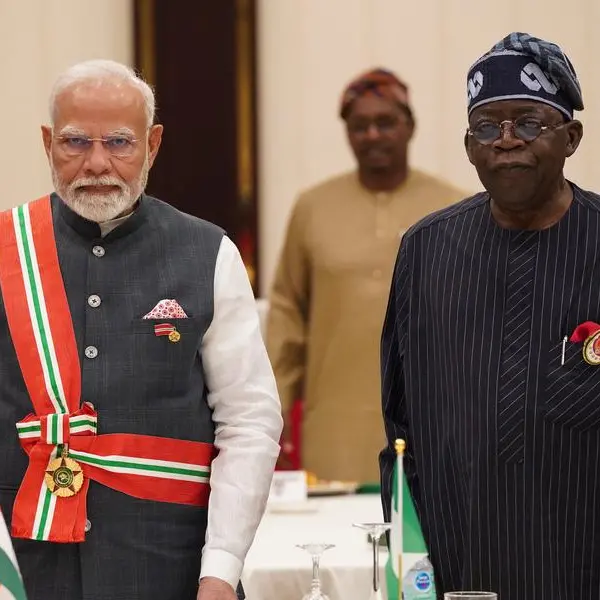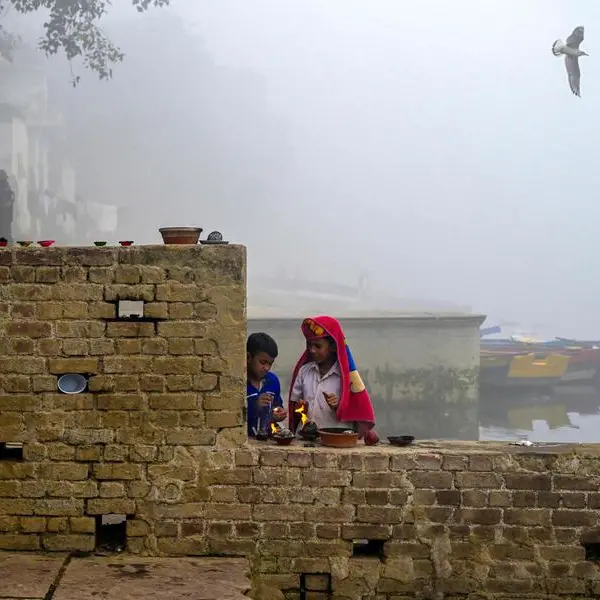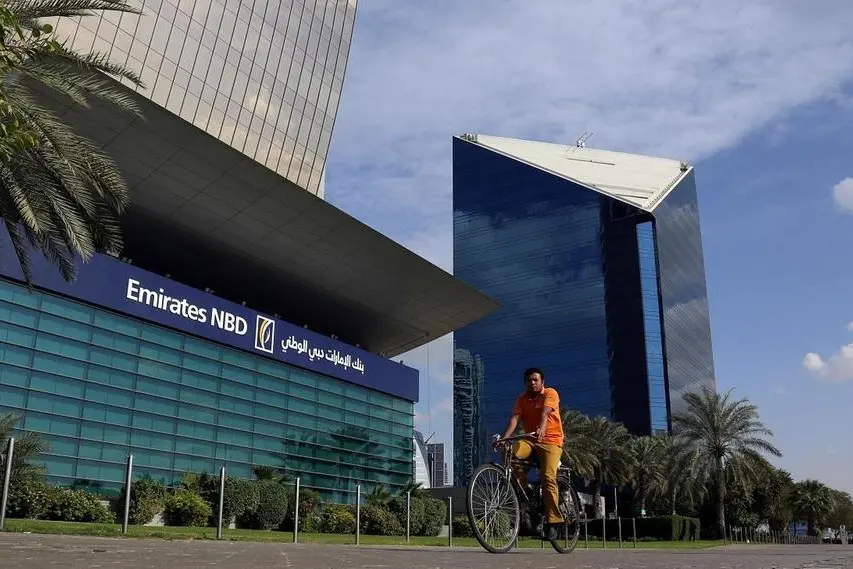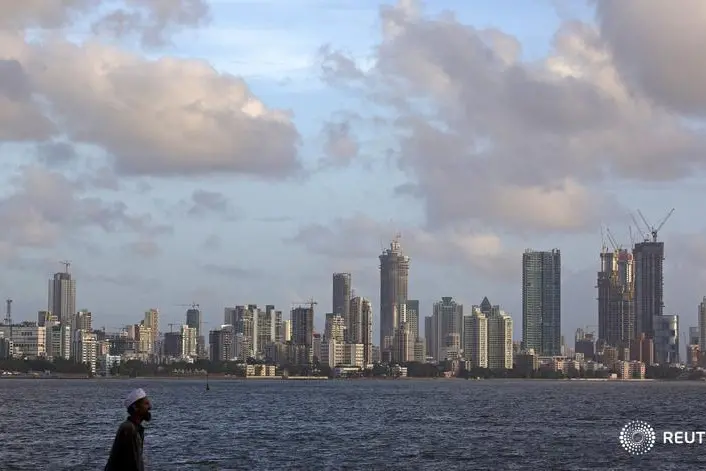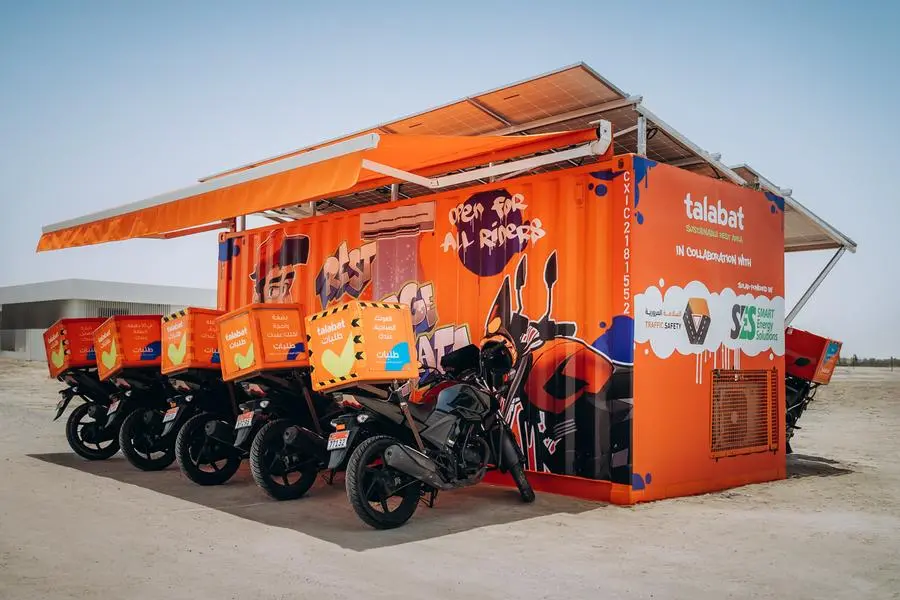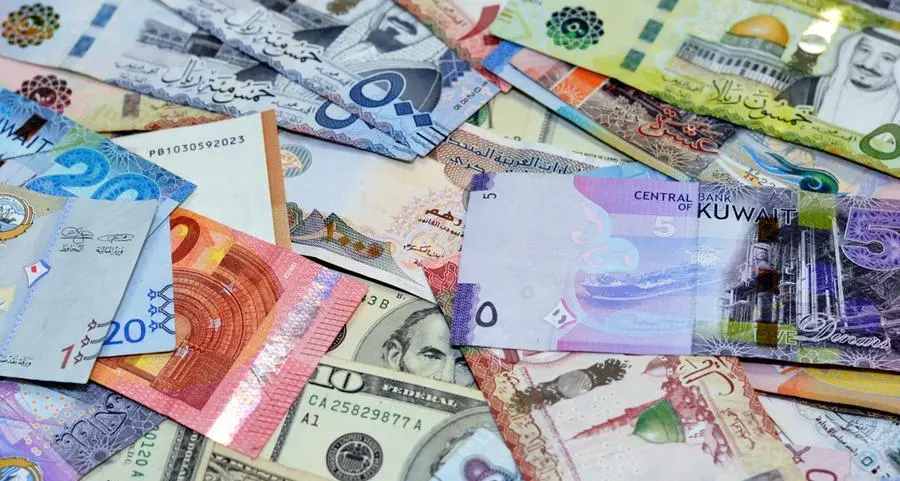PHOTO
Ample monsoon rain in the first half of July accelerated planting of main summer-sown crops such as soybean, cotton and pulses in India, although rice planting is still lagging behind due to scant rainfall in northern states.
Farmers planted summer-sown crops on 59.2 million hectares, as of July 15, slightly higher than 59.1 million hectares a year ago, according to the Ministry of Agriculture & Farmers' Welfare. Crop sowing was down 9.3% until last week.
The planting of summer-sown crops takes place in the monsoon months of June and July, while harvesting starts in October.
Except North India, most parts of the country have received above-normal rainfall so far this month, and that has accelerated planting, said a Mumbai-based dealer with a global trading house.
India has received 13% more rainfall than normal since the start of monsoon season on June 1, but some rice-growing states such as West Bengal, Uttar Pradesh and Bihar have received below-normal monsoons, the weather department data showed.
About 12.85 million hectares had been planted with rice, down 17% from a year-ago period, the ministry said.
Rice planting deficit could narrow to 5% by end of July since rainfall has picked up, said B.V. Krishna Rao, president of the All India Rice Exporters Association.
India is the world's biggest exporter of rice, and accounts for more than 40% of the global rice trade. A reduction in output could prompt New Delhi to curb rice exports.
In July, the most crucial month for planting of summer crops, India is likely to receive monsoon rainfall between 94% and 106% of the long-term average, weather department said earlier this month.
Cotton planting rose 6.4% so far to 10.28 million hectares, while soybean area jumped 10% to 9.9 million hectares, the ministry said.
Corn was planted in 5 million hectares, down 12% year-on-year. (Reporting by Rajendra Jadhav; Editing by Sherry Jacob-Phillips)
Reuters
